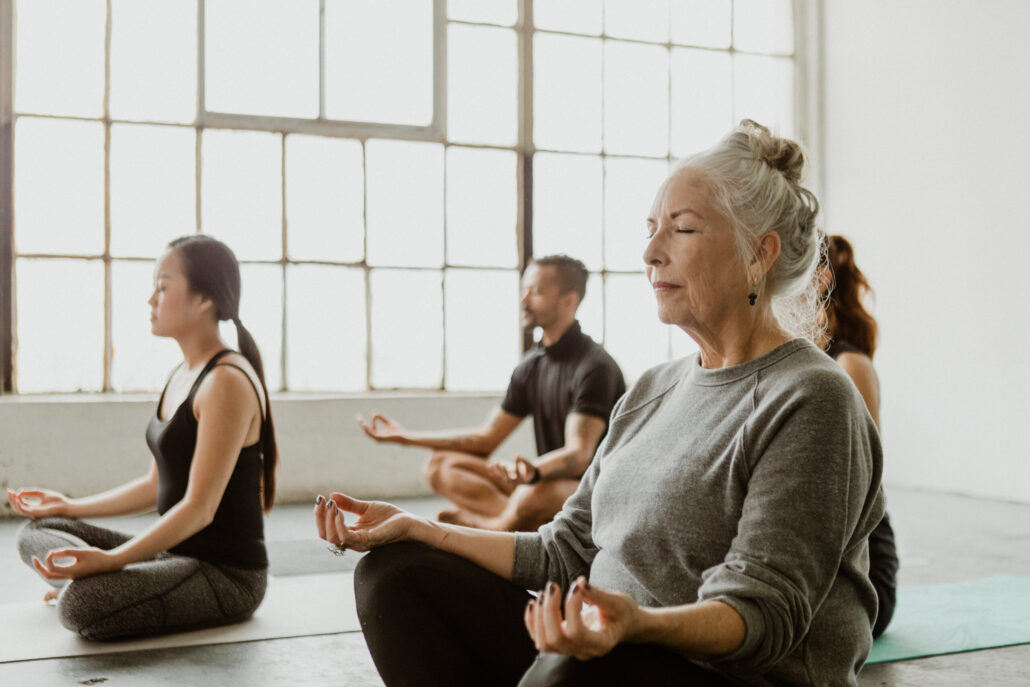Poor posture — whether you’re slouching at your desk or slumped on the couch — is quite common. It happens when your spine or limbs are out of alignment. Our increasing dependence on technology, from hunching over a laptop to looking down at the smartphone in our hands, makes it even easier to have poor posture. And while it’s not a big deal to slouch once in a while, over time, the effects of poor posture can cause big problems. Resources and support from teams like those at Summit Orthopedics can help you stay mindful of your posture and protect your long-term health.
In the physical therapy clinic, we see the effects of poor posture in many patients who may be in for ailments and reasons unrelated to postural pain,” said Summit Orthopedics Physical Therapist Tyler Cogswell, PT, DPT. “Poor posture can affect recovery and outcomes following joint replacements and muscle repair procedures, too.”
Effects Of Poor Posture
- It strains the muscles, bones, and joints that make up and support your spine, causing back and neck pain.
- It compresses your internal organs, which can cause problems with breathing and digestion since your lungs and intestines don’t have the room they need.
- Increased stress from gravity as your spine and limbs are out of alignment can cause aches and pains throughout your body.
- Your shoulders can become rounded.
- Poor posture can cause or worsen headaches, thanks to muscle tension.
- Your abdominal muscles can become weak since slouching over does not engage core muscles as well as if you’re standing or sitting straight.
- In contrast, muscles in your hips and legs can become tight since they respond to the increased stress and strain.
- Hunching over places more weight on the abdominal organs, which in turn press on the bladder. This can worsen stress urinary incontinence, causing urine to leak out when you cough, sneeze, or laugh.
- Slouching can make heartburn more common, making it easier for stomach acid to back up into the esophagus.
- It can make constipation worse since a stooped position with the knees lower than the hips can make bowel movements more difficult.
How Can I Fix My Posture?
Being mindful of your posture throughout the day is a great first step. If you habitually hunch over, it will take time to unlearn those tendencies. Stand tall with your shoulders back and head looking straight forward, with your chin tucked in. Imagine an invisible vertical line between your ears and the center of your shoulders. You can also imagine that you’re standing against a wall to have your height measured.
One additional tip — no posture is good if you hold it for too long. Movement is key to keeping your muscles and joints healthy, so take frequent breaks to move around and change your posture throughout the day. “I tell many of my patients that ‘the best position is the next position’ — it’s important to keep moving throughout the day, especially in a world of smartphones and computers at work and at home. Working on improving posture now will help to reduce the risk of posture-related ailments and pains in the future,” Cogswell said. “If you do not know where to start, your local physical therapist can help guide you in the right direction.”
Don’t let poor posture take a toll on your daily life. Our Summit Orthopedics specialists can help you identify the cause and create a plan to improve your posture, reduce discomfort, and protect your spine for the future. Schedule a consultation today.


